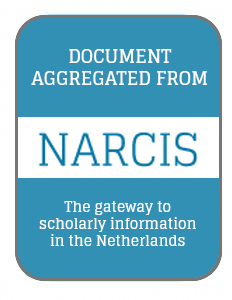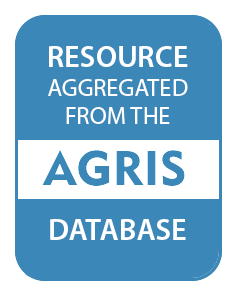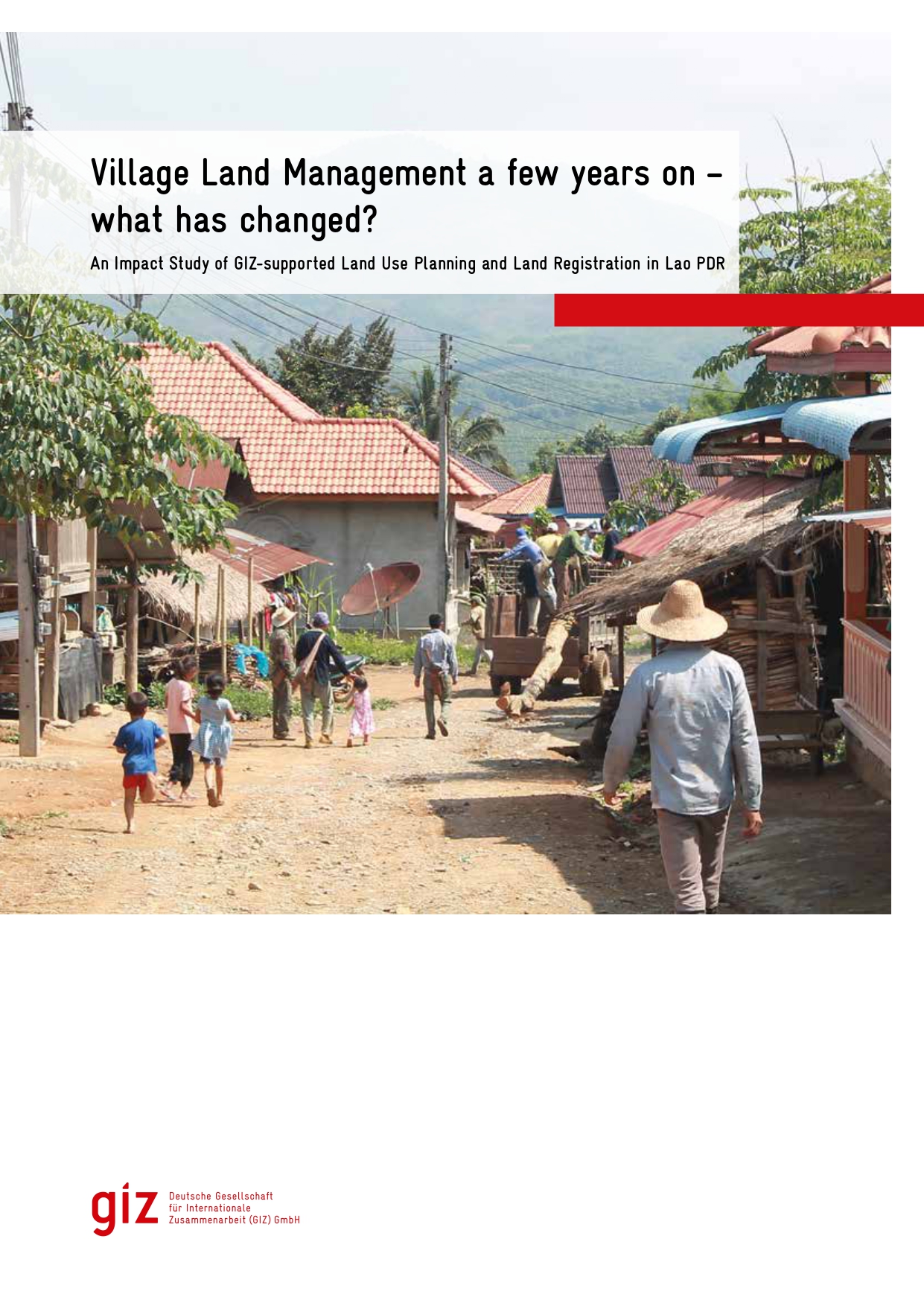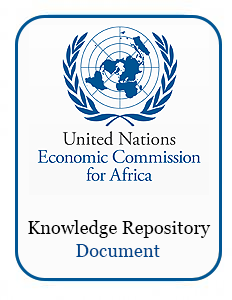Land use planning in RURBAN areas in Indonesia, Korea and Japan
Study on the issues of Korean rural area land use planning based on the act on planning and use of national territory
To prevent uncontrolled urban sprawl of rural area and promote desirable development, Korean government established 'Act on Planning and Use of National Territory' in 2003. However, despite improvement of the framework of land use system, urban sprawl and rural environment destruction is aggravating. Unlike Japan, there is no independent plan for managing farmland and forest in Korea. Local governments' land use plan also excessively focused on urban management. To prevent deteriorating rural amenity, it is desirable to induce more specific guideline for rural land use and development.
Landscape-ecological requirements for spatial planning of rural territories of Ukraine
Land resources of Ukraine, having economic, social, natural, cultural and historical significance, mainly are located within rural areas. Despite the fact that Ukraine has a significant land and resource potential of the territories, intensification of the use of land resources, in particular in agriculture, leads to the depletion of soil cover, land degradation and landscape destruction. The environmental policy of Ukraine provides for introduction of the principles of sustainable development in all fields of environmental management.
People participation in flood problem solvingin Yom river basin area: A case study of Wangjik sub-district, Phoprathapchang district, Phichit province
RULES: Sistema de Ayuda para la Planificación del suelo rural
En este artículo se justifica la necesidad dedisponer de herramientas de soporte para el proceso detoma de decisiones sobre el uso del suelo en el medio rural.Como ejemplo de este tipo de instrumentos se presentaRULES (Rural Land-use Exploration System), un Sistemade Ayuda a la Decisión Espacial destinado a la ordenaciónde los usos del suelo.
Construction and application of a family-specific primer for the detection of gramineous raw materials in foods
We constructed a gramineous plant-specific primer set-matK 792F1GC and matK 979R1, targeting the maturase K (matK) gene, for detection of gramineous raw materials in processed food. For this, we used polymerase chain reaction-denaturing gradient gel electrophoresis (PCR-DGGE). The primer set was evaluated using agarose gel electrophoresis and DGGE. Our results confirmed that the primer set was specific for gramineous plants. From our analysis, we confirmed that up to 6 types of gramineous plants can be simultaneously detected using PCR-DGGE.
Overlaps in jurisdiction of Tambon administrative organizations and problems in local development planning in Nonthaburi province
Village Land Management a few years on – what has changed?
Since 2010, the GIZ Land Programme in Lao PDR has sought to improve the land tenure security of rural communities. The programme currently consists of three projects – the BMZ-commissioned Land Management and Decentralised Planning (LMDP) Project, the Enhanced Land Tenure Security (ELTeS) sub-project within a global programme on responsible land policy, as well as the German contribution to the Mekong River Land Governance (MRLG) Initiative.
Rural life and community Action
The paper concerned on Rural life and community Action : Resolution 117 (VI) adopted by the commission at its 113th plenary meeting on 2 March 1964.
Report of the joint ECA/FAO/German Foundation seminar on agricultural input factors
This paper focuses on the the main purpose of the seminar that was; To determine what is known of the economics of modern technical inputs in African agriculture in terms of the physical and value responses to expenditures on them; To identify those areas in which information vital to policy is lacking; To propose a specific programme for obtaining required data through the co-operation of research institutions.
Rural progress : the role of production cooperatives in africa
Many countries are today confronted with the challenging tasks of improving the level of living and the productive capacities of their people especially in the spheres of agriculture and food production. While governments are mainly concerned with providing structural support the actual implementation lies with the individuals, who in the final analysis are the farmers and the rural population.




